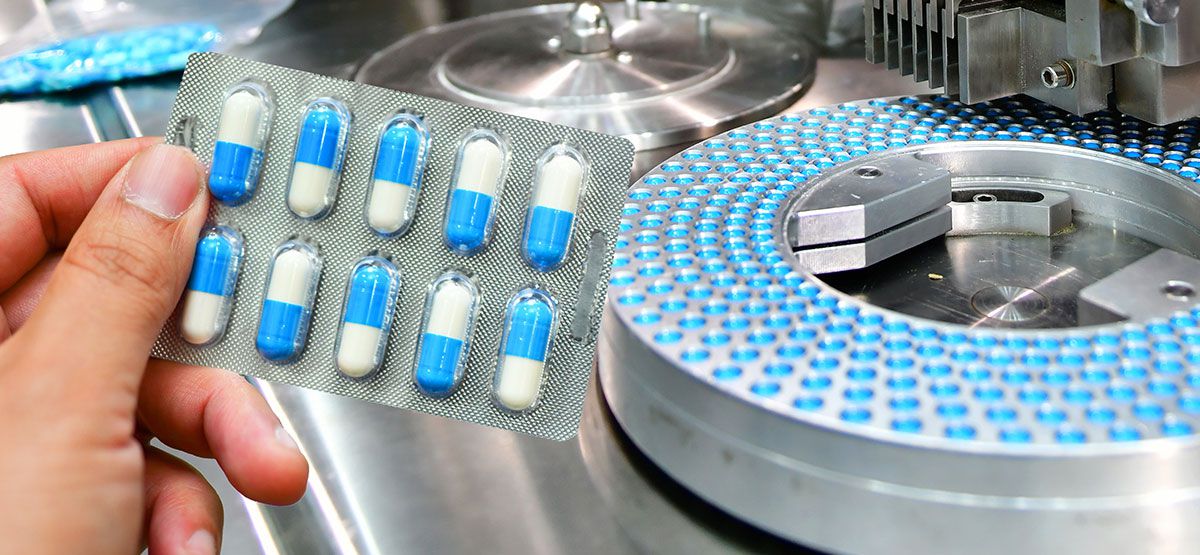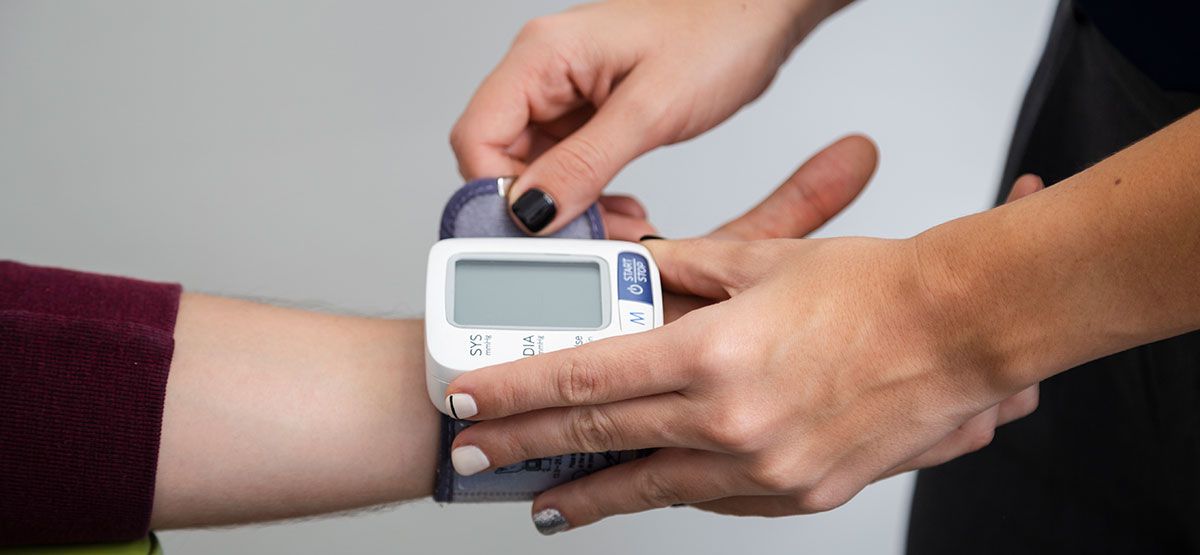
China UDI Requirements
Unique device identifier refers to a series of codes constituted of numbers, letters and/or symbols and established on the basis of standards. Unique device identifier, which includes product identifier and production identifier, is used for unique identification of medical devices. The National Medical Products Administration (NMPA), China’s medical device market regulator, has published official Unique Device Identification (UDI) requirements that will take effect October 1, 2019. China’s UDI requirements are similar to those in the US and European Union. They establish specific device ID and labeling requirements, as well as a central, state-administered database of devices.
Data elements required
Most of China NMPA data elements are common with US FDA, some are exactly the same, others are unique to China. Medical Insurance Number, Nomenclature codes, classification numbers are examples that differ. An understanding of the differences up front will help streamline the assignment of data elements.
In China, the manufacturing date is ‘always’ visible on the product label whereas in the US, no manufacturing date is required on the label. The date format is specific with exact day requirement: YYYY-MM-DD.
Note: After submission, Device Identifier (DI) and some key elements are not editable. After being published, data changes will require a request for approval to change.
Part of the required China UDI data elements are included with the NMPA Product Certificate: Product name, device description and classification NMPA Product Certificates Number, notation (per manufacturer) concerning the UDI-DI consistency with the registered UDI-DI, applicant name, product catalog consumable/capital equipment, and Device catalog Devices or IVD.
Submission process
- Select UDI Issuing Agency (GS1 China most popular)
- Generate UDI according to the established Agency rules
- Submit UDI in Registration System (early on, included in registration process)
- Select UDI carrier and apply on the product/package
- Upload UDI to UDI Database (link: https://udi.nmpa.gov.cn/)
- Maintenance of data for changes
Issuing agency
- The code issuing agency shall have certified legal entity in china. Currently the agencies include: GS1 China, Zhongguancun Industry & Information Research Institute of Two-Dimensional Code Technology, Ali Health, Mashangfangxin Platform, etc.
- Agencies must provide their standards implementation processes to registrants and guide manufacturers’ implementation efforts;
- Agencies must upload their coding standards to China’s UDI database and maintain that data;
Amendments & Annual process
- Annual reports from code agencies should be submitted to NMPA by January 31 of each year
- Within 30 working days after the user changes, upload the product identification and related data to database of unique identifiers for medical devices.
Country specific Guidance:
UDI has to be included in the initial submission (effective October 1, 2020). Then, the registrant must upload the product identification data to the China database.
UDI must be submitted in the registration system before the data is uploaded to the NMPA. Once UDI submission is approved, the label can be applied to the product and product packaging. After this process, the data can then be uploaded to the NMPA database, allowing for the certificate to be processed. In order to receive the NMPA certificate, the UDI label must be submitted during the application process.
NMPA requires the original certificate to be submitted once (i.e. the first time). If there are no changes to the product [excluding mandatory ones], the original registration certificate is then used in renewals. However, if there are product changes or the original certificate is lost, a request for reissue must be submitted to obtain the new certificate.
Get the latest updates from DDi
Explore Topics
- Automation & AI (5)
- Clinical Automation (8)
- Consumer Health (1)
- IRT & Clinical Supplies (21)
- Labeling (16)
- Regulations (23)
- Regulatory Automation (14)
- Regulatory Biopharma (2)
- Regulatory Content Management (5)
- Regulatory Information Management (20)
- UDI (11)
- Writing (12)
Recent Blogs
 How Automation is Transforming…Automation & AI
How Automation is Transforming…Automation & AI Why eIFU is Future of Device L…Regulations
Why eIFU is Future of Device L…Regulations Regulatory RIM Solution Ensuri…Regulatory Information Management
Regulatory RIM Solution Ensuri…Regulatory Information Management
Previous Post
Next Post
Related Posts
CONNECT WITH US

Let's talk about how DDi can help you


